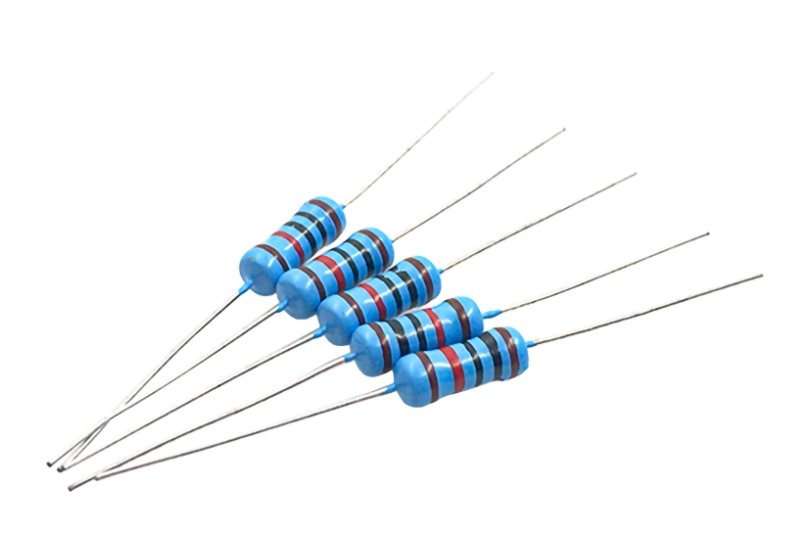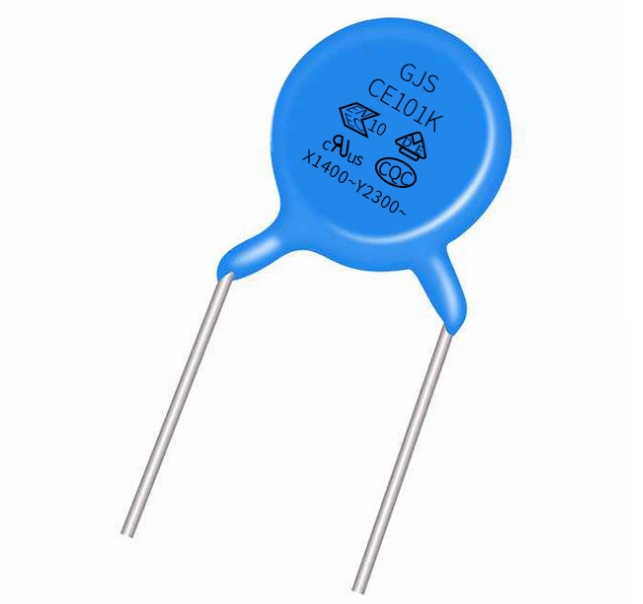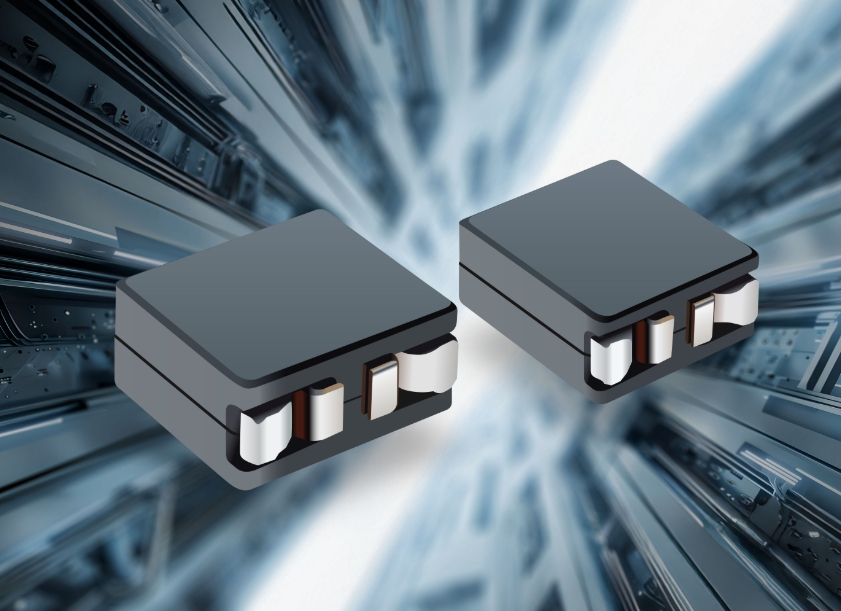The core components of electronic circuit boards, including resistors, capacitors, inductors, diodes and transistors. Detailed analysis of the working principle, main functions, performance advantages and typical application scenarios of various components.
Table of Contents
1. Overview of Electronic Circuit Board Components
Printed Circuit Boards (PCBs) serve as the core platform of modern electronic devices, where various electronic components work together to form complete circuit systems. These components can be categorized into passive and active types, achieving complex functions such as signal processing, energy conversion, and logic operations through precise combination and connection. From simple consumer electronics to sophisticated aerospace equipment, all rely on the coordinated operation of these fundamental components.
2. Resistors: The Current Regulation Specialists

Resistors are the most basic passive components in circuits, primarily used for current limiting, voltage division, and impedance matching. They come in various types based on materials and structures, including carbon film, metal film, and wire-wound resistors, with resistance values ranging from a few ohms to several megaohms. High-quality resistors feature low temperature coefficients and excellent stability, making them critical for ensuring long-term reliable circuit operation.
Key Advantages:
✓ Precise current control
✓ Voltage distribution capability
✓ Low cost with comprehensive specifications
Typical Applications:
- Current limiting in power circuits
- Sensor signal conditioning
- Volume control in audio equipment
3. Capacitors: The Energy Storage Masters

Capacitors play a vital role in circuits due to their unique charge/discharge characteristics. Main types include electrolytic, ceramic, and film capacitors, with capacitance values ranging from picofarads to farads. MLCCs (Multilayer Ceramic Capacitors) with excellent high-frequency performance have become standard in modern electronics, while large-capacity electrolytic capacitors are preferred for power filtering.
Performance Highlights:
✓ Fast charge/discharge response
✓ Superior filtering performance
✓ Excellent high-frequency characteristics
Application Scenarios:
- Power decoupling and filtering
- Signal coupling and bypass
- Timing oscillator circuits
4. Inductors: Electromagnetic Energy Converters

Inductors operate on the principle of electromagnetic induction, serving as essential components for AC signal processing and energy storage. Common types include air-core, ferrite-core, and power inductors. In switching power supplies, inductors work with capacitors to achieve efficient voltage conversion, where their quality factor (Q value) directly impacts circuit performance.
Unique Advantages:
✓ Effective high-frequency noise suppression
✓ Temporary energy storage capability
✓ High current-carrying capacity
Primary Uses:
- DC-DC conversion circuits
- RF matching networks
- EMI filtering devices
5. Diodes: The Unidirectional Conductors

As the simplest semiconductor devices, diodes feature unidirectional conductivity. Varieties range from basic rectifier diodes to special types like LEDs and Zener diodes. Fast recovery diodes and Schottky diodes are particularly suitable for high-frequency switching circuits, while Zener diodes are key components for voltage references.
Core Value:
✓ Enables unidirectional current flow
✓ Provides voltage regulation and protection
✓ High-efficiency energy conversion
Typical Applications:
- AC rectification circuits
- Voltage clamping protection
- Light-emitting display devices
6. Transistors: Electronic Signal Amplifiers

Transistors form the foundation of modern electronics, serving dual functions of signal amplification and switching control. The two main types are BJT (Bipolar Junction Transistors) and FETs (Field-Effect Transistors), with MOSFETs becoming the mainstream choice for digital integrated circuits due to their high input impedance and low power consumption.
Technical Advantages:
✓ High-gain signal amplification
✓ Fast switching capability
✓ Low-power operation
Application Fields:
- Various amplifier circuits
- Digital logic circuits
- Power switching control
Conclusion and Outlook
Electronic circuit board components constitute the material foundation of modern electronics, with each component – from simple resistors to complex ICs – playing an irreplaceable role in electronic systems. With advancements in materials and manufacturing processes, electronic components are rapidly evolving toward miniaturization, integration, and higher performance. Mastering the characteristics and applications of these fundamental components is not only essential for electrical engineers but also key to understanding modern electronic devices. Looking ahead, emerging technologies like 5G, IoT, and AI will present electronic components with more stringent performance requirements and broader application prospects.
